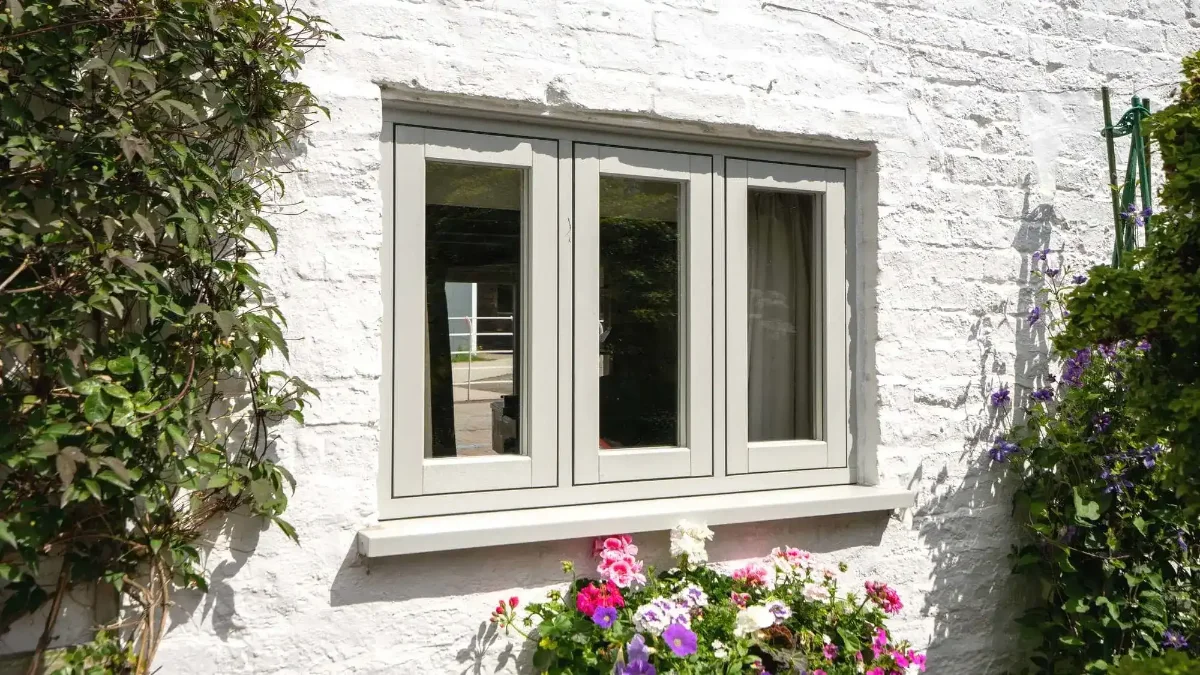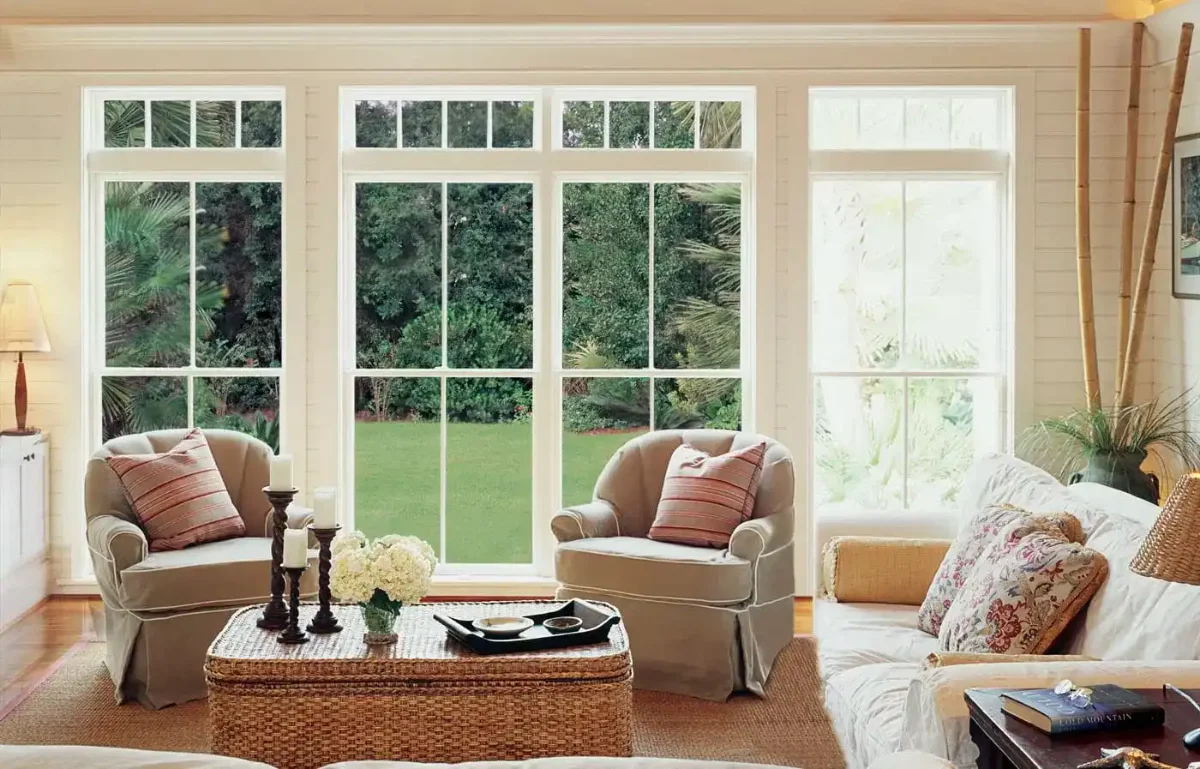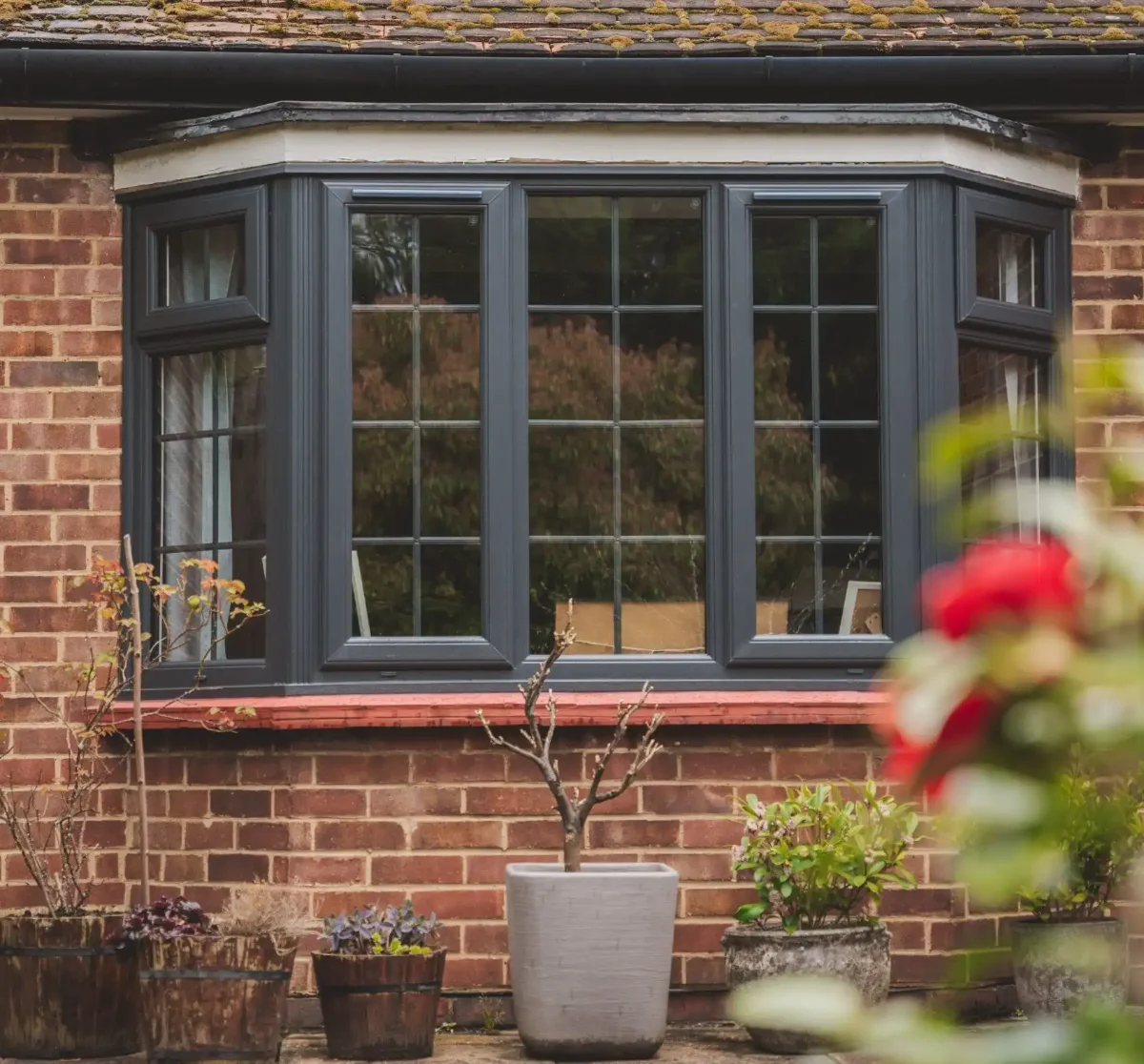Why Windows Steam Up & How to Fix It: A Bishop’s Stortford Homeowner’s Guide
There’s nothing more frustrating than waking up to windows so steamed up you can’t see outside. If you’re dealing with persistent condensation in your Bishop’s Stortford home, you’re not alone—it’s one of the most common problems I encounter after 38 years in the window industry.
I’m Oliver Greene, and today I’m going to explain exactly why your windows steam up, when it’s a problem you need to address urgently, and most importantly, how to fix it permanently. From simple lifestyle changes to professional solutions, I’ll give you the complete toolkit to eliminate condensation for good.
Whether you live in a modern new-build or a period property, understanding condensation is crucial for protecting your home and maintaining a healthy living environment.
Struggling with persistent window condensation? Get expert advice from our Bishop’s Stortford specialists who can assess your specific situation and recommend the most effective solutions.
The Science Behind Steamy Windows
Condensation occurs when warm, moist air meets a cold surface—in this case, your window glass. The air can no longer hold all its moisture, so water droplets form on the coldest surface available.
Why Bishop’s Stortford Homes Are Particularly Prone
- Climate: Our changeable weather creates frequent temperature differentials
- Housing stock: Many older properties have limited ventilation and thermal bridging
- Lifestyle: Modern living generates more moisture than homes were originally designed to handle
- Energy efficiency: Well-sealed homes can trap moisture if ventilation isn’t adequate
The Three Types of Window Condensation
Not all condensation is the same, and the solutions differ dramatically.
1. Internal Condensation (Inside Your Home)
Where it appears: On the room-side surface of your windows When it happens: Usually mornings and evenings, especially in winter The cause: High indoor humidity meeting cold glass Is it serious?: Can be, if persistent—leads to mould, rot, and health issues
2. External Condensation (Outside)
Where it appears: On the outside surface of your windows When it happens: Clear, cool mornings, especially in spring and autumn The cause: Dew forming as outdoor air cools overnight Is it serious?: Usually not—actually indicates good window insulation!
3. Interstitial Condensation (Between Glass Panes)
Where it appears: Between the panes of double or triple glazing When it happens: Any time, often permanent once started The cause: Seal failure allowing moisture into the cavity Is it serious?: Yes—indicates window unit failure requiring replacement
Oliver’s Take: The “Misted Unit” Misconception
“I regularly get calls from homeowners worried about ‘steamed up’ windows that are actually working perfectly. External condensation on modern windows is a good sign—it means your glass is so well-insulated that the outer pane is cold enough for dew to form. It’s the internal condensation and between-pane misting that you need to worry about.”
Common Causes of Internal Condensation in Bishop’s Stortford Homes
Lifestyle Factors
- Cooking: Boiling, steaming, and simmering release enormous amounts of moisture
- Bathing and showering: A 10-minute shower can release 2+ litres of water into the air
- Drying clothes indoors: Each load can add 5-9 litres of moisture to your home
- Breathing and perspiration: A family of four produces 10-15 litres of moisture daily
- Houseplants: Large plants can transpire several litres per week
Building-Related Factors
- Poor ventilation: Inadequate air changes allow moisture to build up
- Thermal bridging: Cold spots where condensation preferentially forms
- Single glazing: Cold glass surfaces encourage condensation
- Inadequate heating: Cold surfaces increase condensation risk
Immediate Solutions You Can Implement Today
Quick Wins for Reducing Condensation
- Open windows for 10-15 minutes each morning: Even in winter, this purges moist air
- Use extractor fans: Turn on before cooking/showering and leave running for 15 minutes after
- Cover pans when cooking: Reduces moisture release by up to 90%
- Close kitchen and bathroom doors: Prevents moisture spreading to other rooms
- Dry clothes outside or in a well-ventilated utility room: Never in bedrooms or living areas
- Wipe down wet surfaces immediately: Don’t let condensation sit and evaporate back into the air
Heating Strategy
- Maintain consistent temperatures: Avoid letting rooms get cold then rapidly heating
- Heat bedrooms slightly: Cold bedrooms are condensation magnets
- Use thermostatic controls: Maintain 18-21°C in living areas, 16-18°C in bedrooms
Medium-Term Solutions for Persistent Problems
Ventilation Improvements
- Install trickle vents: Small vents in window frames provide continuous background ventilation
- Upgrade extractor fans: More powerful fans remove moisture more effectively
- Add window vents: Retrofit ventilation to existing windows
- Consider whole-house ventilation: MVHR (Mechanical Ventilation with Heat Recovery) systems
Window Upgrades
- Double glazing: Warmer inner glass surface reduces condensation risk
- Low-E coatings: Improve thermal performance of existing double glazing
- Warm edge spacers: Reduce thermal bridging around glass edges
- Secondary glazing: Cost-effective upgrade for period properties
Long-Term Solutions for Comprehensive Control
Professional Ventilation Systems
- Positive Input Ventilation (PIV): Whole-house system that gently pressurises your home with filtered, fresh air
- MVHR Systems: Recover heat from extracted air while providing fresh air supply
- Extract-only systems: Continuous low-level extraction from wet rooms
Advanced Window Solutions
- Triple glazing: Maximum thermal performance for new installations
- Vacuum glazing: Ultra-thin, high-performance glazing for heritage properties
- Smart glass: Electronically controlled glazing that can manage condensation
Room-by-Room Condensation Solutions
Kitchen
- Powerful extractor fan: Minimum 60 litres/second extraction rate
- Cooker hood: Ducted to outside, not recirculating
- Window trickle vents: Continuous background ventilation
- Adequate heating: Prevent cold surfaces where condensation forms
Bathroom
- Humidity-controlled extractor: Automatically responds to moisture levels
- Heated towel rails: Keep the room warm and dry towels quickly
- Tiled or waterproof surfaces: Prevent moisture absorption into walls
- Window that opens: For rapid moisture removal after use
Bedrooms
- Adequate heating: Don’t let bedrooms get too cold
- Ventilation: Trickle vents or slightly open windows
- Avoid drying clothes: Never dry washing in bedrooms
- Limit houseplants: Reduce moisture sources
Living Areas
- Consistent heating: Maintain stable temperatures
- Ventilation: Regular air changes through windows or vents
- Furniture placement: Don’t block radiators or vents
- Monitor humidity: Ideal range is 40-60% relative humidity
When Condensation Becomes a Health Hazard
Persistent condensation creates perfect conditions for mould growth, which can cause:
- Respiratory problems: Especially in children and elderly
- Allergic reactions: Skin irritation, eye problems
- Asthma triggers: Mould spores are a common trigger
- Structural damage: Rot in timber, damage to plaster and paintwork
Signs You Need Professional Help
- Black mould appearing around windows
- Musty odours
- Wallpaper peeling
- Paint bubbling or discolouring
- Timber showing signs of rot
- Persistent condensation despite following basic advice
The Cost of Ignoring Condensation
Minor Issues (£100-£500)
- Redecorating due to mould damage
- Replacing mouldy curtains or blinds
- Professional mould treatment
Major Problems (£1,000-£10,000+)
- Timber window frame replacement due to rot
- Structural repairs to walls affected by damp
- Complete redecoration of affected rooms
- Health costs from mould-related illness
Frequently Asked Questions
Why do my windows steam up every morning in Bishop’s Stortford?
Morning condensation is typically caused by overnight temperature drops meeting warm, humid indoor air. In Bishop’s Stortford’s climate, this is especially common in autumn and winter. The solution involves improving ventilation, reducing humidity sources, and ensuring your windows have adequate thermal performance.
Is condensation on windows a sign of poor-quality windows?
Not necessarily. Even high-quality windows can experience condensation if indoor humidity is too high or ventilation is inadequate. However, if condensation appears between double-glazed panes, this indicates seal failure and the unit needs replacement.
How can I stop condensation without opening windows in winter?
Install trickle vents in window frames, use extractor fans in kitchens and bathrooms, consider a whole-house ventilation system, reduce moisture sources (cover pans, dry clothes outside), and maintain consistent heating. A dehumidifier can also help in problem areas.
Does condensation damage windows or my home?
Yes, persistent condensation can cause serious problems. It can lead to mould growth, timber rot in window frames, damaged paintwork, and unhealthy indoor air quality. In Bishop’s Stortford’s older properties, condensation can also damage period features and plasterwork.
Your Action Plan to Eliminate Condensation
Condensation isn’t something you have to live with. With the right combination of lifestyle changes, ventilation improvements, and potentially window upgrades, you can create a comfortable, healthy home environment that’s free from steamy windows and the problems they cause.
Start with the simple solutions—many condensation problems can be solved with better ventilation and heating control. If problems persist, don’t hesitate to seek professional advice. The cost of prevention is always less than the cost of remediation.
For ongoing maintenance of timber windows, follow our seasonal maintenance checklist.
If repairs are needed, check our guide on DIY vs professional window repair.
Consider upgrading to energy-efficient windows if condensation is a persistent problem.
For all repair and maintenance services, visit our window repair hub.
Ready to solve your condensation problems for good? Contact our Bishop’s Stortford experts for a comprehensive assessment and tailored solution plan. We’ll identify the root causes and recommend the most cost-effective solutions for your specific situation.



![Common Window Installation Mistakes & How We Avoid Them [Bishop's Stortford]](/images/windowsbishopsstortford-blogimages/dommoore_2018_mccarter_april_300dpi-3821-scaled_compressed-geotagged.webp)

